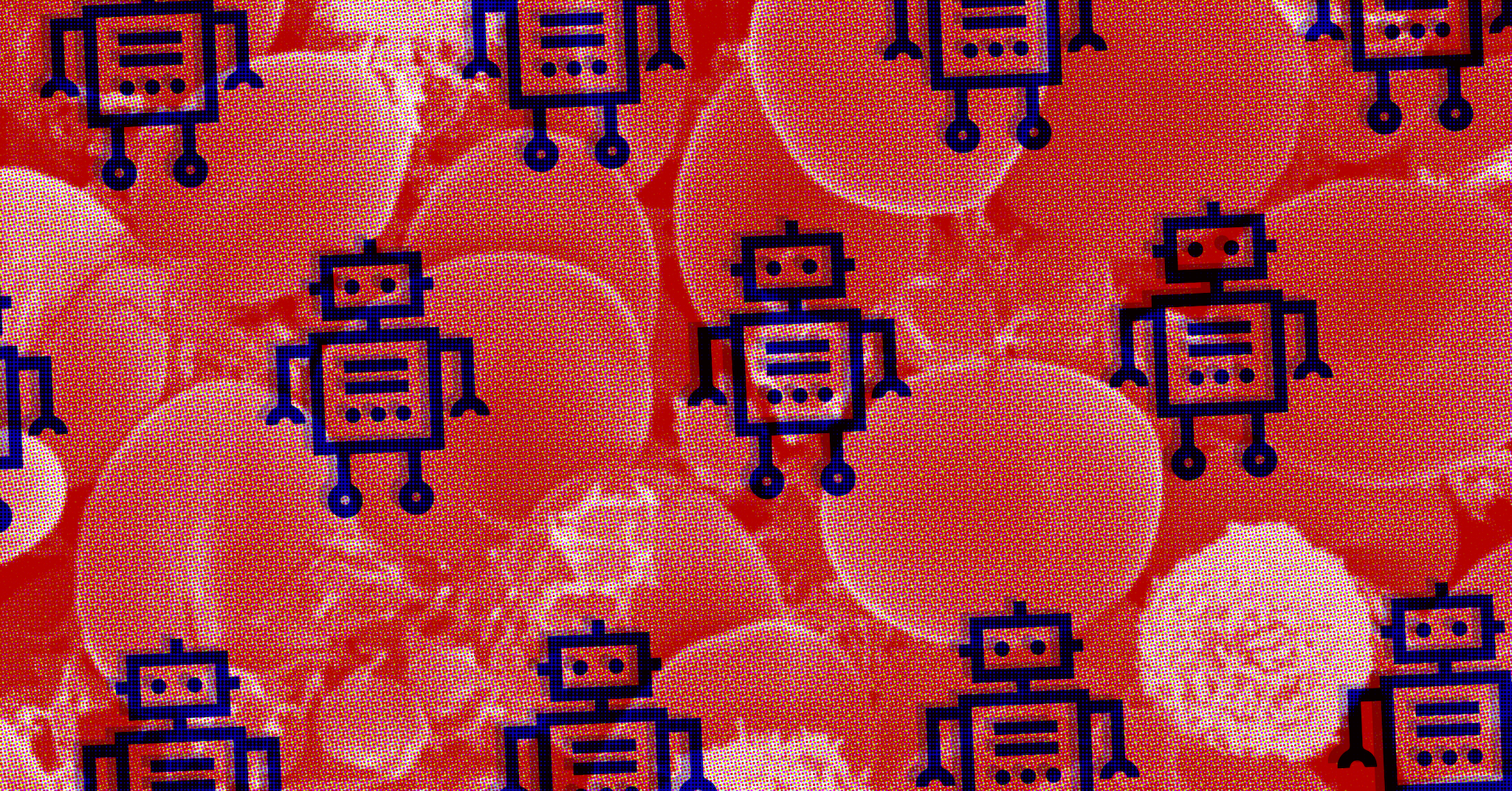Automated robots now have the tools to grow imitation, simplified human organs out of stem cells. Thankfully, we weren’t transported to a sci-fi dystopia where the machines have risen up and started to farm humans, but rather a world where pharmaceutical and other biomedical research just became much easier and faster.
Give these robots some pluripotent stem cells (stem cells that can become any type of cell), and 21 days later they’ll have finished a complicated experiment testing out the effects of a drug or genetic manipulation on some human-like, lab-grown kidneys. According to research published yesterday, May 17, in Cell: Stem Cell, the process is much faster and more reliable than when humans grow the same mini-organs.
“Ordinarily, just setting up an experiment of this magnitude would take a researcher all day, while the robot can do it in 20 minutes,” said researcher Benjamin Freedman in a press release. He went on to describe how automating the more tedious parts of biomedical research in this way will prevent people from ruining an experiment with careless errors or accidents.
Thanks to the shortened experimentation times, scientists at the University of Washington School of Medicine have already started to use these robots for high-throughput screening – a type of experimentation that tests a large amount of samples all at once. Because they could test so many kidney organoids at the same time, researchers have already learned how different compounds affect polycystic kidney disease, a common condition with serious symptoms.
It’s too soon to say whether robotic automation will lead to better drugs becoming available sooner, but the results so far look pretty cool. The fact that scientists are already publishing surprising findings that they may have otherwise missed suggests we may start to see a lot more out of biomedical researchers.
Also, now that it’s easier to make human-like organoids, pharmaceutical experimentation will become more relevant to, you know, humanity. There are a lot of drugs and treatments that look phenomenal based on animal studies but don’t have the same effect on people. While these mass-produced organs aren’t as complex as the real thing, they’re a good step forward that may help us understand what’s really going on underneath our skin.
Share This Article
